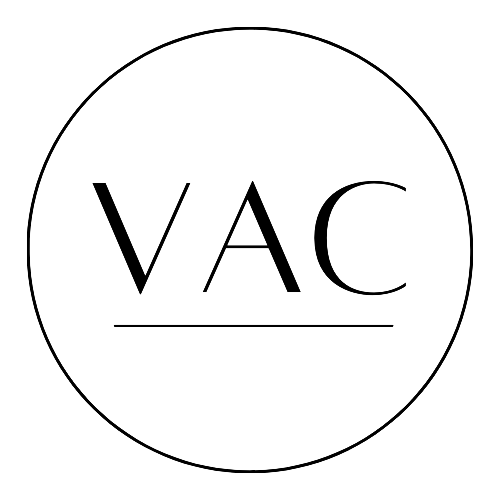Pie Herring: Intuitive Portraiture
London-based painter Pie Herring allows intuition to guide her painting process. With a passion for mark-making and energetic brush strokes, Pie’s portraits are composed of both realistic and abstract elements - revealing an underlying narrative of the people she paints. In this interview, Pie shares her journey as an artist.
How did your creative journey begin?
I was always crafty as a kid. I grew up on a working farm which meant I had access to basic materials from a young age. When I was at secondary school I took over a small shed at my parents house, and much to their displeasure I coated the walls in spray paint and began to play about with materials such as house paint and plaster. This was my first taste of having a studio. It became a place to escape and explore and I’ve never looked back.
Where do you find inspiration for your work?
My work is primarily figurative. I am consistently collecting and taking photos of everyday life. I have noticed that I am a surveyor of my surroundings, and if I see something happening which speaks to me I’ll take a photo which I might come back to at a later stage. This has meant that I have stacks of imagery both in my studio and on my laptop.
How has your work shifted and evolved over time?
The more I work the more I see my handling of paint become looser and further abstracted. I am less concerned with the image being the narrative of the work but rather to allow the energy within the mark-making to convey the message.
Recently I have noticed that who I paint is dependent on my own circumstances. Both the environment I am in and my emotional landscape are subconsciously fuelling the narrative of my work. What is interesting to me is that I am only able to realise this once the painting is complete. This has allowed me to trust in my intuition more as a painter.
What does a typical day in the studio look like for you, and how has your art practice grown or changed?
I am an early riser. I like to get into the studio by 7am. I drink lots of coffee and paint for the majority of the day. In the last year my practice has shifted somewhat. I have recently began to set aside time daily to allow myself to experiment in the studio. This sees me spending an hour or two everyday creating studies. I set a timer on my phone and have to complete the piece within that time frame. Not only does this practice allow me to loosen up before I get to work on a larger piece, it has also been instrumental in informing the direction of new works.
Which experiences have impacted your work as an artist?
Last year I was invited to stay in Northern Kenya for an extended period of time. I was asked by a conservation and wildlife park called Lewa to document the impact of the Corona virus on the local communities. I created my largest body of work to date and have subsequently had two exhibitions showcasing the paintings.
When I was out there I had very little in the way of a studio. I was using a 6ft long piece of plywood as a backboard for my canvas material. I would travel around with the wood and set up shop wherever I could. Furthermore, I didn’t have any of my usual tools with me such as large paintbrushes and palette knives. This meant I started to use rags and leaves and anything I could get my hands on that would pull the paint in interesting ways and create unique textures. It was such a freeing and informative experience. I realised then how much an environment can impact the direction of my work. It is my ambition to have similar painterly experiences going forward.
How has Instagram impacted your art career?
Instagram has been an instrumental tool throughout my career. The majority of people that I follow are artists. This has allowed my news-feed to become a sort of never-ending gallery, constantly updating with new and inspiring works. I have also been made aware of competitions, opportunities and residencies through Instagram which have benefited my career.
There is a sense of validation that comes with posting your work on Instagram especially at an earlier stage in ones career and this can help maintain motivation. It is important to me that when I post an image I detail the ideas behind the piece. This allows me to really analyse what I am aiming to achieve in my work and gives me time for introspection which I am grateful for.
What are your future goals and aspirations?
I learnt so much when I was in Kenya painting last year. It was incredibly informative for me as a person to experience a new culture and spend time with it’s local people. I learnt so much and I am grateful that painting can be a mechanism to have such experiences. I hope to be able to explore many more places with my work in the future. I have this idea that one day I could look back on the paintings almost like a personal diary, detailing where I was, who I was interacting with and what was going on at the time.
Website: www.pieherring.com
Instagram: @pie_herring_art







